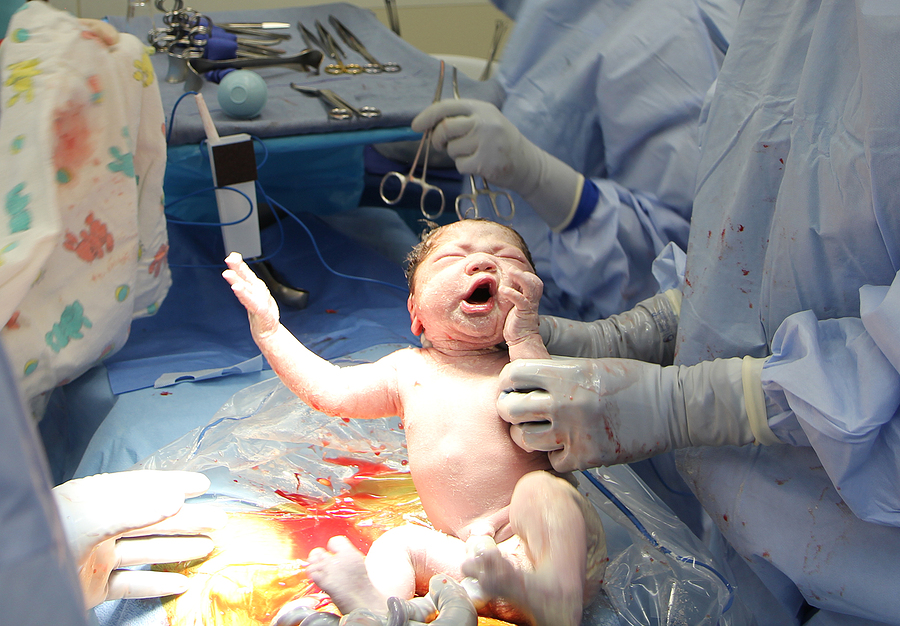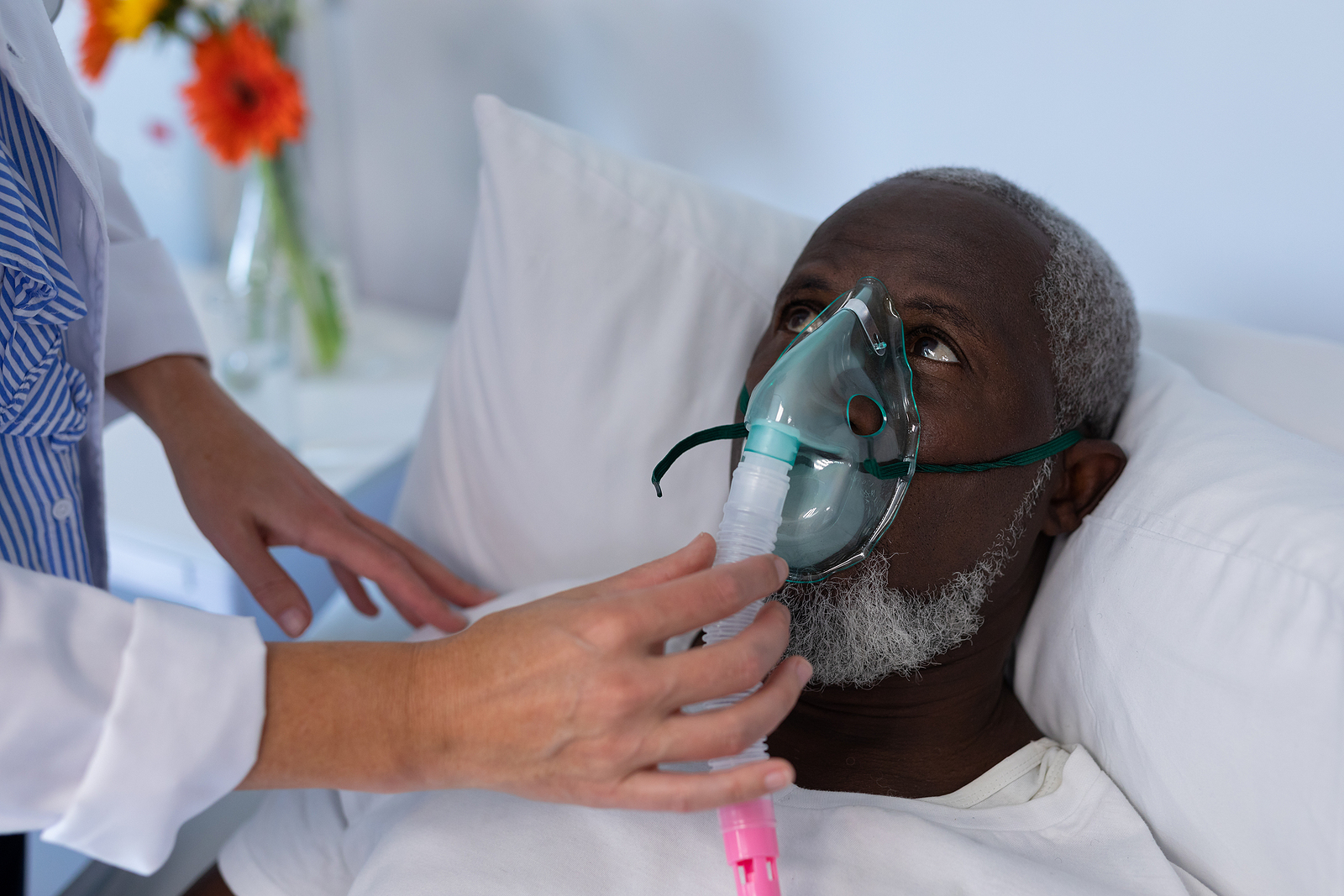Newsletter 2021
Newsletter August 2021: Time for the EDOA?
Petramay Attard Cortis
Department of Anaesthesia, Intensive Care and Pain Medicine, Mater Dei Hospital, Malta, Europe
petramay.cortis@gov.mt
The European Diploma in Obstetric Anaesthesia (EDOA) does not exist… but should it? What would it look like? What need would it address? And who is even looking for it?
The European Society for Anaesthesiology and Intensive Care (ESAIC) is currently asking its members to complete a survey on how the ESAIC can develop from an educational perspective. As an ESAIC member with a special interest in obstetric anaesthesia and medical education, I would like to address the above questions from this viewpoint. In the spirit of full disclosure, I am an EDAIC diplomate, I was awarded the ESAIC’s Young Teaching Recognition Award (YTRA) in 2016 and I am currently the EDAIC Part 1 examination host for the Malta centre. Furthermore, I hold a Master of Medical Education with Distinction degree from the University of Dundee, Scotland.
Should the EDOA exist?
There are a number of available postgraduate European diplomas for anaesthesiologists, possibly the most widely known being the European Diploma in Anaesthesiology and Intensive Care (EDAIC)1 offered by the ESAIC and endorsed by the EBA, UEMS and the CESMA, UEMS.
Sub-speciality diplomas include the European Diploma in Intensive Care Medicine (EDIC)2, an examination run by the European Society of Intensive Care Medicine (ESICM); as well as the European Diploma in Regional Anaesthesia & Acute Pain Management (EDRA)3 and the European Diploma of Pain Medicine (EDPM)4. These latter two qualifications are awarded by the European Society of Regional Anaesthesia and Pain Therapy (ESRA).
The profile of obstetric anaesthesiology as a sub-speciality is growing, highlighted also by this being listed as a domain of specific core competencies in the 2018 European Training Requirements in Anaesthesiology by the UEMS5. Despite this, there is currently no sub-speciality qualification in obstetric anaesthesia available to European anaesthesiologists. The Scandinavian Society of Anaesthesiology and Intensive Care Medicine does offer an Advanced Obstetric Anaesthesia Educational Programme6, but this is limited to applicants from the five Nordic countries.
What would the EDOA look like?
Drawing on the requirements of other postgraduate anaesthesiology qualifications, the EDOA could include a number of sections or parts, to certify the knowledge, skill, expertise, and attributes desirable in excellent obstetric anaesthesiologists.
Eligibility for the sitting of a summative examination for the awarding of the EDOA could include one, some or all of the below:
- Defined time spent working full-time in obstetric anaesthesiology as a trainee and post-specialisation, for example, six months as a trainee and twelve months post-specialization. This should include both elective and emergency work and could be certified by the individual’s Chair or Head of Department.
- Procedural obstetric anaesthesiology logbook with a pre-defined number of procedures performed. This could include labour epidurals or combined spinal-epidurals; caesarean sections performed under spinal anaesthesia, epidural top up and general anaesthesia; use of ultrasound in obstetric anaesthesiology practice for blocks or identification of spinal anatomy; among others. This could again be certified by the individual’s Chair or Head of Department, or by a recognized supervisor.
- Evidence of Continued Medical Education (CME) or Professional Development (CPD) in the form of approved workshop, webinar, conference, or congress attendance.
- Evidence of obstetric anaesthesiology research, teaching events or quality improvement projects, with or without This would require careful consideration in view of recognized publication biases.
An EDOA summative examination could include both a written and a viva voce component. The written part could assess knowledge using the range of Bloom’s taxonomy7 in an MCQ or EMQ format. The viva voce part could be held in person or online and may include an OSCE style examination. This could examine both technical, for example, epidural insertion, and non-technical, for example consenting for an epidural, skills.
The EDOA could be run wholly by the ESAIC or could be explored as a collaboration with other associations or societies worldwide, such as the EDRA in Europe; the Obstetric Anaesthetists Association (OAA) in the UK; the Society for Obstetric Anesthesia and Perinatology (SOAP) in the USA; and the Obstetric Anaesthesia Special Interest Group jointly managed by the Australian and New Zealand College of Anaesthetists & Faculty of Pain Medicine (ANZCA), the Australian Society of Anaesthetists (ASA) and the New Zealand Society of Anaesthetists (NZSA). International coordination and recognition would add considerable gravitas to the EDOA.
What need would the EDOA address?
European anaesthesiology trainees and specialists with an interest in obstetric anaesthesia do not currently have an objective way to demonstrate their commitment, specific knowledge and expertise as related to the practice of obstetric anaesthesia. This lacuna may be reducing interest in the sub-speciality as it may be seen as “not important enough” to have its own recognised qualifications. In addition, the credibility of obstetric anaesthesia as a separate sub-speciality may be weakened by the lack of European postgraduate qualification.
Having the EDOA may encourage European anaesthesiologists to consider obstetric anaesthesia as a field of sub-speciality interest and would further contribute to raising the profile of the sub-speciality on a European level. Depending on the requirements set for sitting the EDOA, this may also enhance attendance at CME and CPD activities, as well as promoting teaching, audit, research, governance, safety, and quality improvement initiatives in the field of obstetric anaesthesia. It may highlight individuals that trainees and junior specialists can consider mentors in the field, and identify individuals as specialists who aspire to excellence in their practice.
Who is looking for the EDOA?
European anaesthesiology trainees and specialists with an interest in obstetric anaesthesia may have already been searching for the EDOA to enhance their career and curriculum vitae. Even if colleagues have not been actively looking for the EDOA, significant interest may be present once this is available and promoted. While these are assumptions, they can be relatively easily tested among ESAIC members formally (through an approved survey or online poll) or even informally (with a show of hands at Euroanaesthesia 2021)! Thinking bigger, anaesthesiologists worldwide may be looking for the EDOA, just as they have embraced the ESAIC in ever-increasing numbers.
So, do you agree that it is now time for the EDOA?
References
- European Society of Anaesthesiology and Intensive Care. Accessed: https://www.esaic.org/education/edaic/about-edaic/
- European Society of Intensive Care Medicine. Accessed: https://www.esicm.org/education/edic2-2/
- European Society of Regional Anaesthesia and Pain Therapy. Accessed: https://esraeurope.org/edra/
- European Society of Regional Anaesthesia and Pain Therapy. Accessed: https://esraeurope.org/edpm/
- European Training Requirement ETR in Anaesthesiology. 2018. Accessed: https://www.uems.eu/__data/assets/pdf_file/0003/64398/UEMS-2018.17-European-Training-Requirements-in-Anaesthesiology.pdf
- The Scandinavian Society of Anaesthesiology and Intensive Care Medicine. Accessed: http://ssai.info/education/advanced-obstetric-anaesthesia/
- Armstrong P. Bloom’s Taxonomy. Center for Teaching Vanderbilt University 2019. Accessed: https://programs.caringsafely.org/wp-content/uploads/2019/05/Caring-Safely-Professional-Program-Course-Development.pdf
Read our Monthly newsletter.
Read More of our special newsletter covering our virtual congress 2020.
Visit our COVID-19 Resource Hub for other news and resources.











